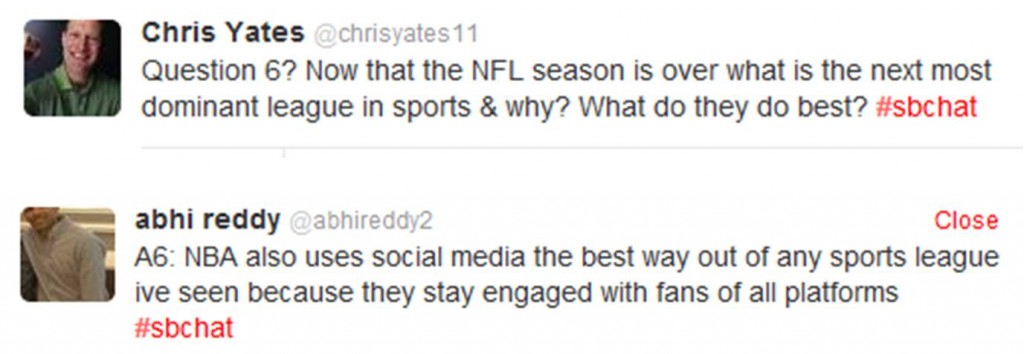The time to embrace Twitter for professional development was yesterday
When my book publisher told me I had to get on Twitter four years ago to “build my platform,” I thought he was crazy. I didn’t have time to sit around reading people’s tweets about what they had for lunch, and no one I knew was even on Twitter to follow me. How was tweeting about my book going to help me eventually sell books if no one was reading my tweets?
Flash forward four years, and I can honestly say Twitter changed my life. It was a key catalyst for me leaving my job as an attorney
to become a sports business reporter at ESPN for the last two years. Twitter has gotten me on national television and radio programs as an expert guest, garnered me speaking invitations for conferences all over the country, and it has indeed helped me sell books. I also happened to meet both my agent and my husband on Twitter, so when I say it has been life changing, I’m not exaggerating.
Convinced but not sure where to start? If you’re setting up an account for the first time, I recommend this guide. If you already have an account, here are a few of my tips for how you can use Twitter for professional development:
Use hashtags to increase your reach
A hashtag on Twitter is a word or phrase preceded by a pound sign (i.e., #NFL) that you can click on and see, in real-time, tweets pertaining to that topic. It’s a great way to find people you don’t know who are interested in the same topic as you. It might lead you to news or analysis on the topic that would be useful to know or even spark a conversation between you and a new connection.
Using popular hashtags in your tweets interjects you and your work into the conversation around that topic. For example, if you’re an attorney who specializes in construction law and you write a blog about legal issues architects should look out for when involved in design-build projects, you should tweet out a tease with a link to your piece and the hashtags #construction and #architect. Both are oft-used hashtags that are tweeted under and followed by a number of people in the construction and architectural fields.
Don’t blog or write bylined articles? You can still use hashtags to join the conversation any time you have something new and unique to share – anything from announcing the launch of a new product to a precedent-setting outcome you achieve at trial.
Participate in Twitter chats
Also based around the hashtag concept, a Twitter chat is a live chat on a topic that takes place on a set day and time. Some Twitter chats happen every week or every month on a designated day and time, while others may be one-off chats established around a certain event or conference.
To participate in a Twitter chat, all you have to do is watch the hashtag at the designated time. You can do this by searching for the hashtag in the search box on Twitter.com or by using outside Twitter applications specifically designed for Twitter chats, such as TweetChat.com. Generally, there is a moderator who throws out questions to the audience. When you want to answer, you add an “A” and the question number to the front of your answer and the hashtag to the end. Here’s an example from #sbchat (a chat about sports business) with a question from the moderator and someone’s answer:
Twitter chats can be a great way to meet new people, share information and learn best practices in your industry. To find one in your industry of choice, try a web search with the term “Twitter chat” and your industry or area of expertise.
Establish yourself as an expert
If you follow my tips above, you’re already well on your way to using Twitter to establish yourself as an expert. By using hashtags, engaging with new contacts, and participating in Twitter chats your virtual reach will begin to extend. If you’re providing fresh and original content, on a subject area over an extended period of time, people will take notice. Perhaps they’ll ask you to contribute to their blog or publication, or maybe they’ll extend an invite for you to speak at their conference.
Twitter allows you to meet strangers across the world with whom you can network and build relationships without having to book travel or even get off your couch. The opportunities are out there – and if you’re not on Twitter taking advantage of them, someone else who wants to be relevant in your area of expertise probably is.
To learn more about how you can use Twitter for professional development, contact michelle@rep-ink.com.









